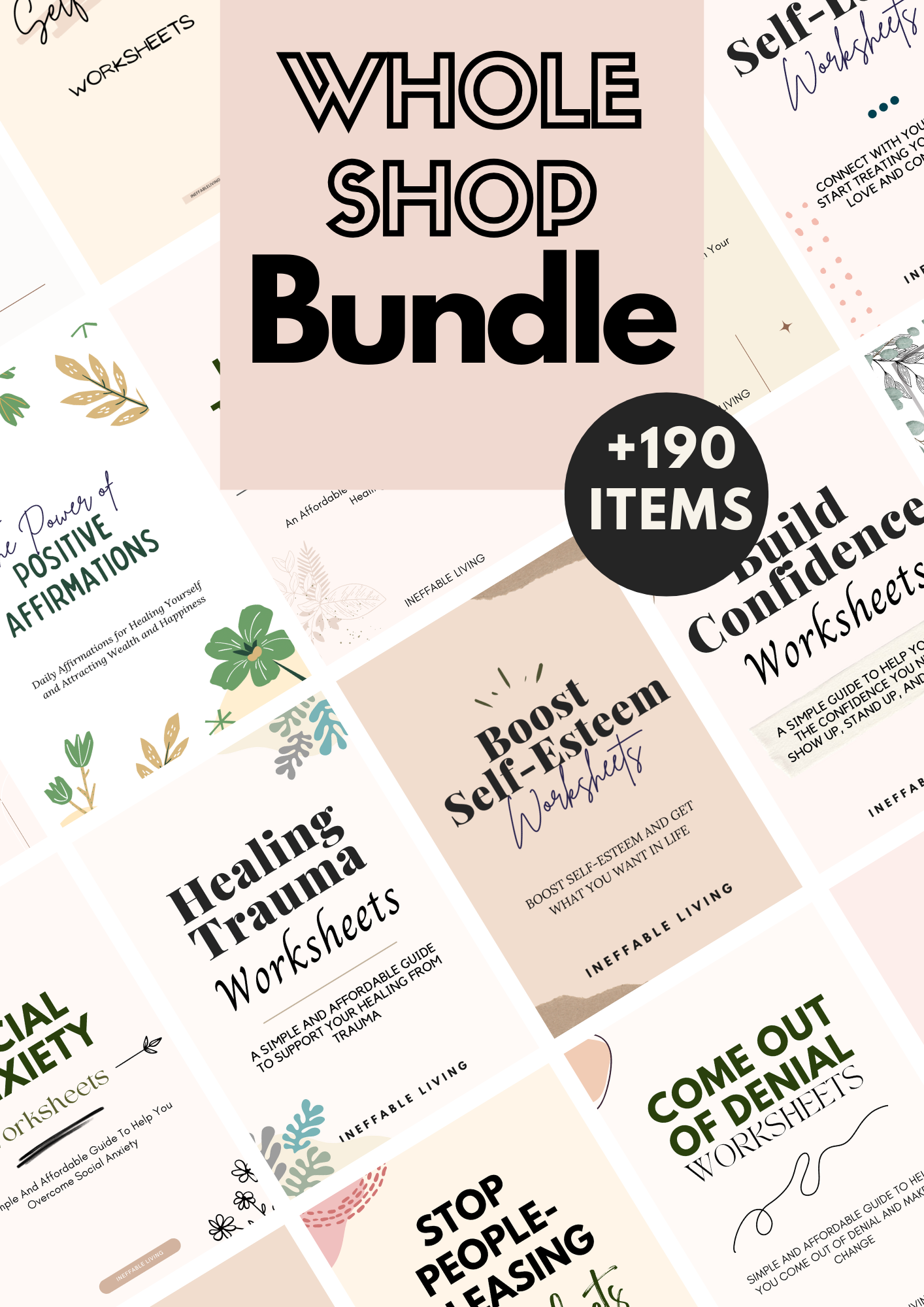1. Reflect on the specific emotions and situations that tend to trigger your urge to eat emotionally. What are the predominant feelings (e.g., stress, sadness, loneliness, boredom) that prompt you to turn to food for comfort or distraction?
2. Consider the patterns and routines surrounding your emotional eating episodes. Are there particular times of day, environments, or activities that commonly coincide with your urge to eat in response to emotional triggers?
3. Explore the connection between your emotional state and the types of foods you typically gravitate toward when engaging in emotional eating. How do specific food choices align with or fulfill certain emotional needs or desires?
4. Reflect on the aftermath of emotional eating episodes. How do you feel physically, mentally, and emotionally after using food as a means of coping with difficult emotions? What thoughts and emotions arise in the aftermath of these experiences?
5. Consider the long-term impact of emotional eating on your overall well-being, including physical health, self-esteem, and emotional resilience. How does this behavior influence your sense of control, self-care, and emotional regulation?
6. Examine the alternative coping strategies and self-care practices that could serve as healthier substitutes for emotional eating. What activities, habits, or forms of self-soothing could help you address underlying emotional needs more effectively?
7. Explore the potential role of mindfulness and self-awareness in managing emotional eating. How might cultivating a greater awareness of your emotions, triggers, and habitual responses contribute to breaking the cycle of emotional eating?
Emotional Eating Journaling Prompts





